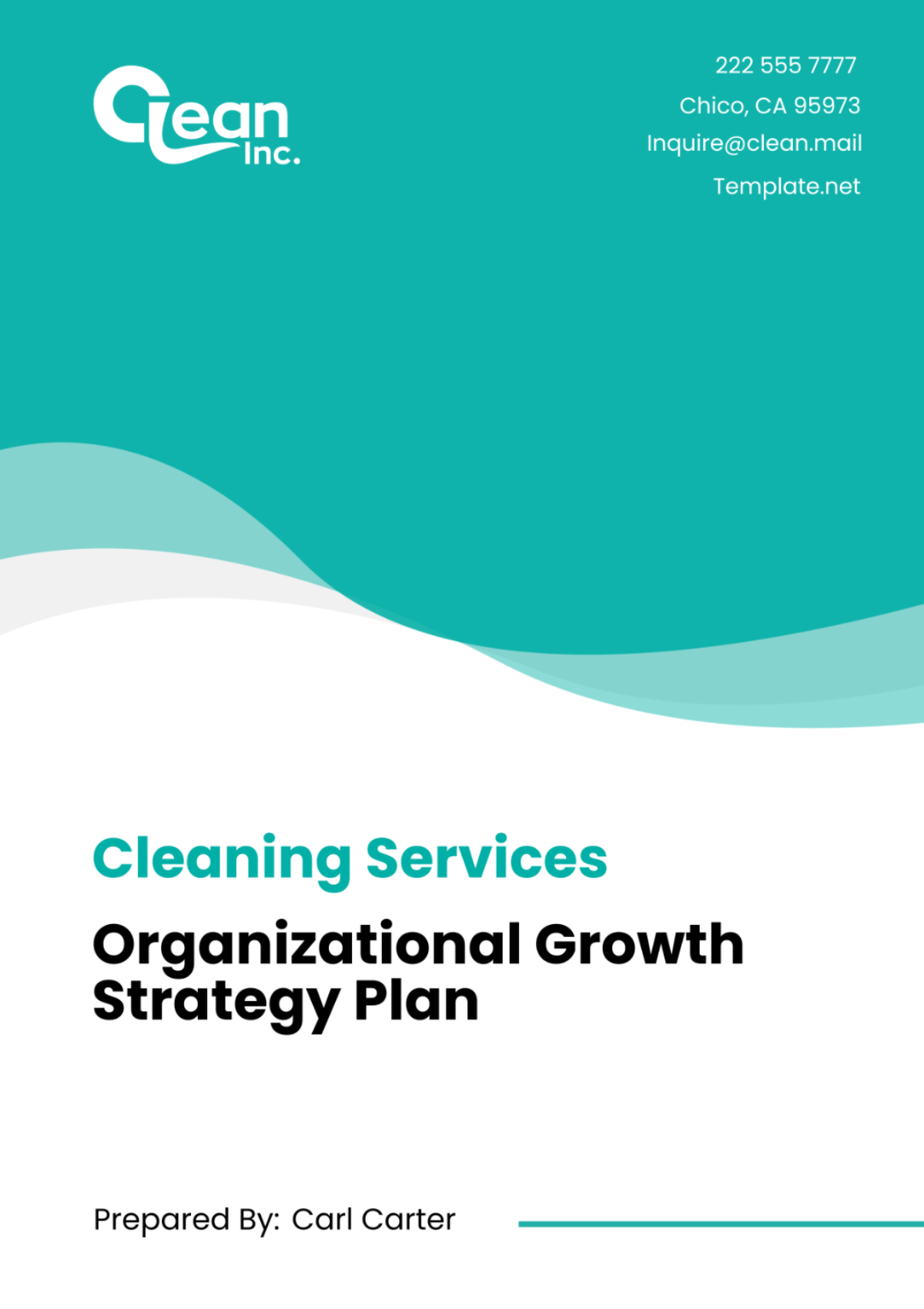Cleaning Services Cost Reduction Plan
1. Executive Summary
The aim of the Cleaning Services Cost Reduction Plan is to provide effective measures for [Your Company Name] that will lead to significant cost reductions within a stipulated time frame. Strategies that encompass efficient resource utilization, improved cleaning techniques, and optimization of labor costs form the core components of this plan.
2. Objectives
Minimize Operational Inefficiencies
Operational inefficiencies can lead to wasted time, resources, and ultimately, increased costs. By identifying and addressing these inefficiencies, we can streamline our processes, improve productivity, and reduce unnecessary expenses.
Reduce Labor Expenses
Labor costs typically represent a significant portion of a cleaning services company's expenses. Through strategies such as efficient scheduling, training programs, and process optimization, we aim to lower labor expenses while maintaining productivity and service quality.
Optimization of Resources
Optimizing resources involves ensuring that cleaning materials, equipment, and supplies are utilized effectively and efficiently. By implementing measures such as inventory management systems, maintenance schedules, and eco-friendly alternatives, we can reduce waste and maximize cost savings.
Genuine Savings with Optimal Cleaning Techniques
Optimal cleaning techniques not only enhance cleanliness but also contribute to cost savings. By investing in advanced cleaning technologies, adopting eco-friendly practices, and leveraging innovative methods, we can achieve genuine savings while delivering high-quality services to our clients.
Effective Monitoring and Evaluation
Monitoring and evaluation are essential components of any cost reduction plan. By establishing robust monitoring mechanisms and conducting regular evaluations, we can track our progress, identify areas for improvement, and ensure that our cost reduction strategies are yielding the desired results.
3. Assessment of Current Operations
Understanding the present scenario, evaluating the expenses, and identifying the resource constraints is the starting point for this plan. This will be a comprehensive review and analysis of the current operations, labor costs, and cleaning methods, helping to pinpoint areas of improvement.
4. Resource Optimization
Developing a resource optimization strategy is crucial for implementing cost reductions. This aspect will focus on effective usage of cleaning equipment, reduction in wastage, and investing in long-lasting and eco-friendly materials where feasible.
Resource | Current Usage | Proposed Optimization | Projected Savings |
Cleaning Agents | 1000 liters | Switch to eco-friendly options | $500/month |
Equipment | High wear and tear | Maintenance schedule implementation | $1000/year |
Supplies | Excessive purchasing | Inventory management system | $200/month |
5. Labor Cost Reduction
The plan intends to reduce the labor costs by implementing efficient scheduling, reducing overtimes, and providing adequate training sessions for improved productivity. Streamlined processes and advanced cleaning practices can decrease the time spent on each task, thereby reducing labor costs substantially.
Initiative | Implementation | Projected Savings |
Shift scheduling optimization | Monthly review | 10% reduction |
Training programs for efficiency enhancement | Quarterly sessions | $500/month |
6. Implementation of Innovative Cleaning Techniques
Investing in advanced cleaning technologies and methods can result in substantial cost reductions in the long run. These techniques not only provide efficient cleaning but also help in resource savings by reducing the use of cleaning agents and water consumption.
Technique | Benefits |
Microfiber cleaning cloths | Reduces chemical usage and water consumption |
High-efficiency equipment | Faster cleaning times and lower energy costs |
7. Monitoring and Evaluation
Efficient monitoring processes need to be in place to measure the effectiveness of the implemented strategies. Regular evaluation will provide valuable insights into areas that need improvement and help in achieving the desired cost reduction targets.
Metrics | Frequency | Responsible Party |
Labor cost tracking | Weekly | Operations Manager |
Resource usage analysis | Monthly | Cleaning Supervisor |
8. Risk Management
This plan also includes a risk management section that identifies potential risks related to cost reductions and a strategy for mitigating these risks, ensuring there are no interruptions in service or compromises on quality.
Risk | Mitigation Strategy |
Staff resistance to change | Employee engagement and training programs |
Equipment breakdown | Regular maintenance schedule and backups |
9. Timeline and Milestones
The anticipated timeline for the implementation of these strategies and reaching the milestones will be documented extensively. This section will also include regular reassessments of the cost reductions.
Task | Start Date | Completion Date |
Resource optimization strategy | 01/05/2050 | 30/06/2050 |
Labor cost reduction initiatives | 15/05/2050 | 31/07/2050 |
10. Conclusion
This Cleaning Services Cost Reduction Plan offers a comprehensive approach to managing expenses without compromising the quality of service. By implementing these strategies, the cleaning company will experience substantial cost reductions and improved operational efficiencies, ultimately leading to increased profitability.














